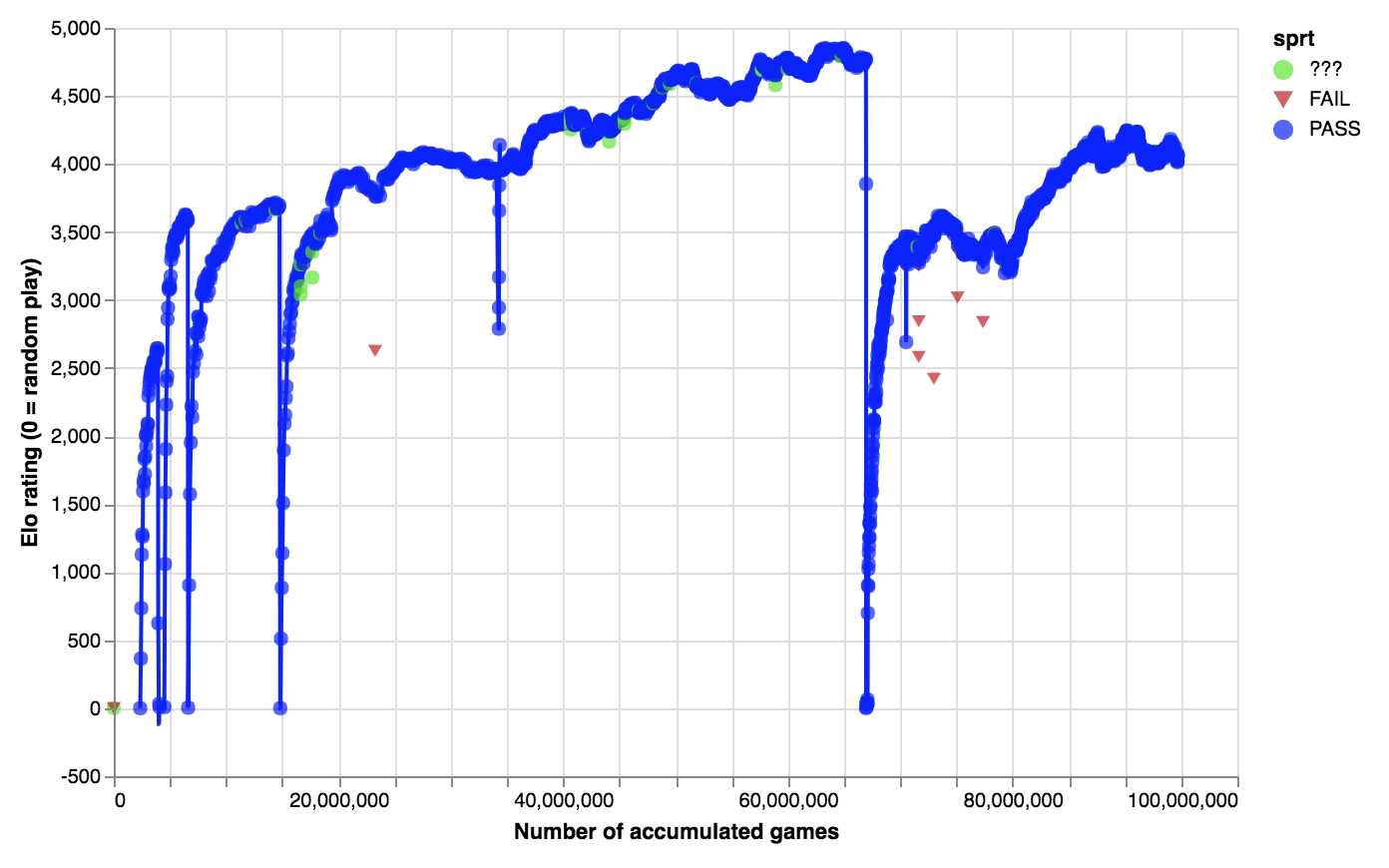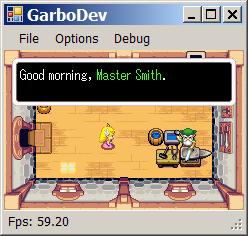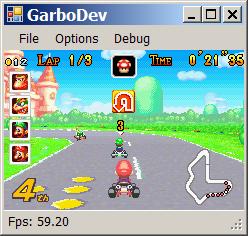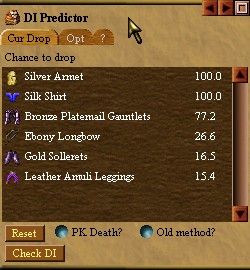**Personal Projects**
Gary Linscott - glinscott@gmail.com
NNUE Pytorch (2021)
===================
https://github.com/glinscott/nnue-pytorch/
The [NNUE architecture](https://www.chessprogramming.org/NNUE) was a revolution for
AlphaBeta chess algorithms. Giving
the best of both worlds - an incredibly fast, CPU friendly evaluation, while training
the evaluation function completely in a deep learning framework. The original framework
for training was all custom C++, and ran on CPU. I built a new GPU trainer in pytorch,
and a community quickly sprung up to improve and refine it, directly contributing to
keeping Stockfish the strongest chess engine in the world.
Modern LZ Compression (2019)
============================
https://glinscott.github.io/lz/index.html
This article dives deep into the fundamentals of modern compression using LZ techniques,
which underpin the SOTA compression engines in [zstd](https://github.com/facebook/zstd) and
[brotli](https://github.com/google/brotli).
LCZero (2017)
=============
Modern chess AI, through extensive and systematic testing on top of the
alpha-beta framework has become incredibly strong (see the Fishtest section).
[AlphaZero](https://arxiv.org/abs/1712.01815) turned it all on it's head,
showing that deep nets, learning purely from self-play could challenge the best
of the old world, and using a completely different type of search as well
(MCTS).
[LCZero](http://lczero.org) started life as a fork of
[LeelaZero](https://github.com/gcp/leela-zero), hence the name, Leela Chess
Zero. There is a fantastic community that has taken the project on, and is
running it now at https://github.com/LeelaChessZero/lczero.
The major problem with the AlphaZero approach is it requires a truly huge
amount of compute to train the engine. This required a distributed, volunteer
based project - similar to Fishtest. As of this writing in Oct. 2018, it's
getting close to the strength of top engines, which is pretty amazing. 176
users in the last day have played 973932 training games!

Porting the engine to Chess was interesting, mostly around getting the custom
OpenCL kernels working well. The server and client are written in Go, and
communicate via HTTP, which I felt worked very well, especially the ability to
cross-compile to any OS very easily. The server is backed with Postgres, which
also has worked well -- except when I was storing the PGN data in the game
results table. That turned out to be a disaster, overwhelming Postgres, and
requiring some major database surgery. The training pipeline is all in python
and Tensorflow.
Fishtest (2013)
===============
[Fishtest](https://github.com/glinscott/fishtest)
(http://tests.stockfishchess.org/tests) is a distributed testing environment
for [Stockfish](https://github.com/official-stockfish/stockfish) - the
strongest[^1] chess engine in the world. Fishtest has enabled
Stockfish to become the strongest, and remain the strongest. It proved that
scientific testing leads to continuous improvement.
I started Fishtest because I hated babysitting my tests when trying out engine
improvements. A common theme was having five ideas, but only the machine
resources to test one. Fishtest hands out the tasks to a network of volunteer
machines. It uses the
[SPRT](https://en.wikipedia.org/wiki/Sequential_probability_ratio_test)
algorithm to make a statistically optimal choice about how many games to play
before making a pass or fail decision.
Fishtest ended up being way more successful than I thought it would be.
There is a vibrant community, with hundreds of different authors contributing
patches to be tested, thousands of volunteers donating CPU time, and dedicated
maintainers improving Fishtest itself.
Fishtest introduced wide-scale distributed testing to Chess engine development,
and made being open-source a huge advantage. When your program is open-source,
you can easily distribute all your testing ideas out amongst volunteers. The
commercial engines had to limit the distribution of the tests, usually to their
local cluster. As a result, Stockfish has become the best overall engine by a
significant margin, and shows no signs of slowing down. The image below, from
[NCM](https://nextchessmove.com/dev-builds)[^2] shows progress in ELO, which is a
logarthmic scale!

The core architecture is a server running python, backed by MongoDb. MongoDb
has actually been very solid for Fishtest, not being the source of any major
issues. The client is in python, and has some nifty tricks for self-updating.
[^1]: [CCRL](http://www.computerchess.org.uk/ccrl/404/),
[IPON](http://www.inwoba.de/), [FastGM](http://www.fastgm.de/)
[^2]: https://www.sp-cc.de/ does a fantastic job testing SF as well.
GarboChess.js (2011)
====================
https://github.com/glinscott/Garbochess-JS
GarboChess.js was the first strong Javascript chess engine. It's a basic
mailbox representation, with a very minimal evaluation. I optimized it for
speed on the Javascript engines of the day, and it was able to search a high
enough nodes per second to be stronger than most humans.
ThinkGo (2010)
==============
https://github.com/glinscott/thinkgo
ThinkGo was a Windows Phone application to play Go. It uses MCTS with rollouts
for the AI, but the phones were not powerful enough to really pose a challenge.



GarboChess (2008)
=============
https://github.com/glinscott/Garbochess-3
GarboChess was my first real chess AI. Eventually I got to the point where
improving it required systematic testing. That's when I stopped and wrote
Fishtest and switched to working on Stockfish :).
SnezziDS (2006)
===============
A SNES emulator running on the Nintendo DS at full speed, with sound (but
relatively poor compatibility). I ported the SNES core from SnezziBoy, which
was a GBA SNES emulator, and made some improvements to use the more powerful DS
hardware, including my PocketSPC core for playing music. The source may be
lost though, since bountysource went down.

GarboDev (2005)
===============
A GBA emulator in C#. Excellent compatibility, ran full speed on an Athlon
3200, with sound, and has a nice built in debugger.
 
PocketSPC (2005)
================
An SPC (SNES APU - the chip that played music for the SNES) emulator for the
Nintendo DS with excellent compatibility. Ended up being used by all the main
SNES emulators for the DS, SnesDS, SnezziDS and SnemulDs. It could also play
the music from the games without running the game itself, due to the way the SNES
was architected.
The Nintendo DS actually had two CPUs, an ARM9 and ARM7 core, PocketSPC was capable
of just running on the ARM7 core, leaving the ARM9 for the main CPU.
The SNES APU was a remarkable chip, haivng 8 voice 16 bit sample playback, with
filtering when PCs were still dealing with a 1 bit speaker. If you are
interested, I highly recommend reading through the extremely detailed
[documentation](https://github.com/gilligan/snesdev/blob/master/docs/fullsnes.txt#L1453)
by Nocash, a famous emulation developer.
Asheron's Call Plugins (2003)
=============================
[Asheron's Call](https://en.wikipedia.org/wiki/Asheron%27s_Call) was one of the
original MMOs. It had an amazing third party plugin system called Decal, and I
wrote two plugins, one a connector to Winamp, the other a tool to calculate
which items would be mostly likely to drop if you died (a familiar issue for
those that played Asheron's call was losing your best items, and then being
unable to recover them because the enemies were too strong without your good
equipment).
